Despite the slow death of the art of photo printing, here’s why it is important for us as wedding photographers to start printing again
Of late, we’ve come to realise that most wedding photographers of our generation have learnt their craft on the job. Majority of them – us included – didn’t go to photography school or learn photography from a formal source. We were born millennials and saw the advent of the digital age as we moved into adulthood. We followed the non-traditional path of photography, which means that most of us made a mid-career switch to photography and, in the process, didn’t learn to print photos in a darkroom or experiment with rolls of film. Yes, we were the last generation to be a part of the film and reel era, but mostly shot digitally as professionals. So, with the development of digital cameras, printing of photographs as a practice is dying.
Today, photographs predominantly exist digitally as files on a smartphone or a computer. The printing part of photography has become limited to digital post-processing and editing. However, we are of the strong opinion that if you are a wedding photographer or any kind of photographer, you should definitely print your own photos. Here’s why.
Prints make for eternal memories
We’ve actually thought about this a lot. Memories are surprisingly fickle. They fragment, fade or even mould themselves to whatever sensory evidence we can find for them – anecdotes of our childhood from parents and relatives, old photo albums. We’re sure you’ve noticed that two people with a shared experience would remember it differently, depending on how the incidents are recounted over time. We might not even have any remembrance of certain events, but seeing pictures creates a makeshift memory in our minds. You may, for example, remember your very first bicycle to be fire engine red in colour. While a picture of the same will tell you that it was actually sunshine yellow!
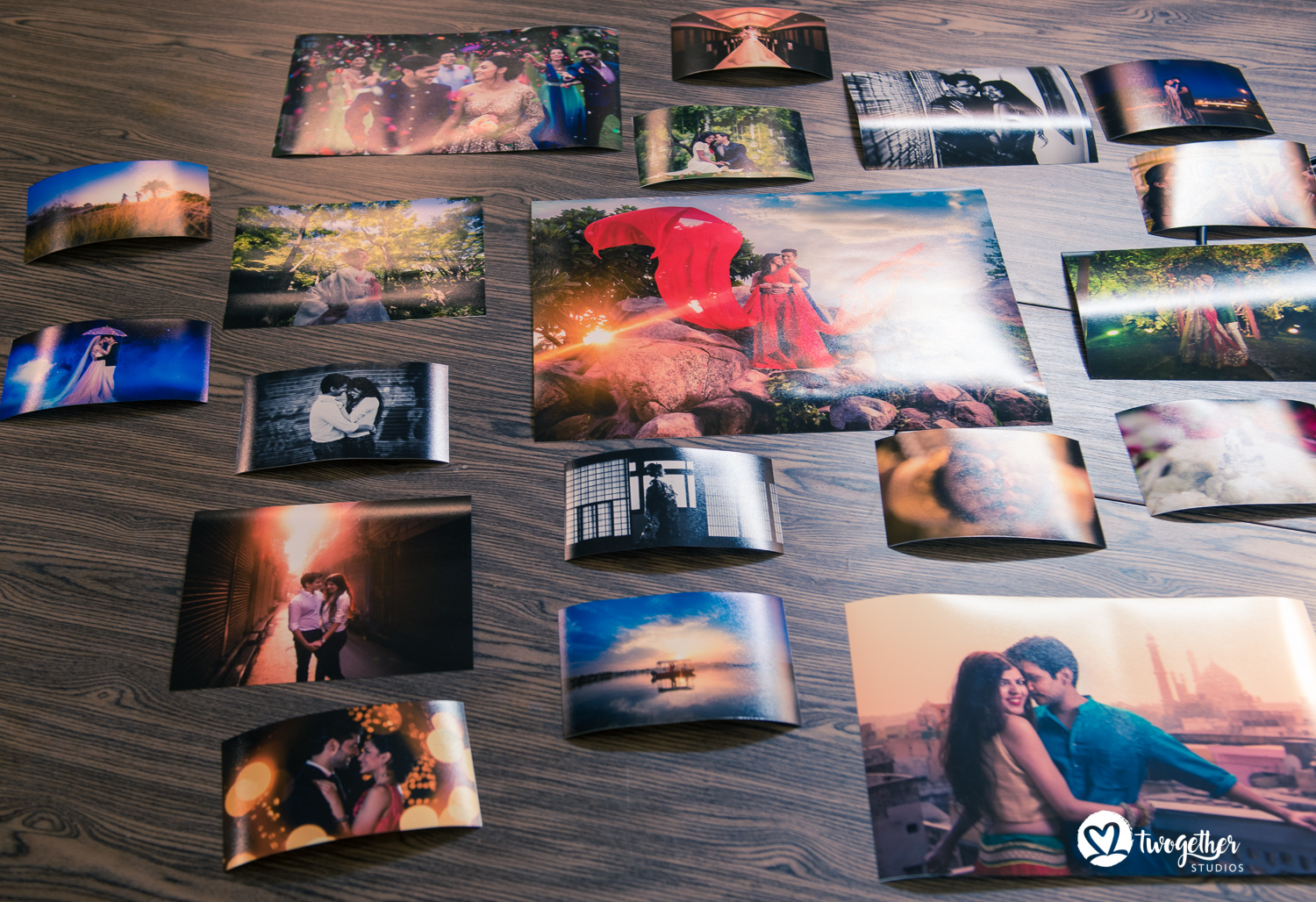
As wedding photographers, our sole job is to create timeless memories for our clients. Our work freezes moments in time so that a couple and their families can relive the moments years after their wedding. Albums and photo prints are literally the backbone of the memories we create for them. If you give your client fine art prints of photos from their wedding, the memories will forever remain in their minds and in front of their eyes. Digital copies have a way of getting lost amidst the multi-terabytes of data on their systems but a photograph hung on the wall will always remind them of their special day.
Sense of accomplishment
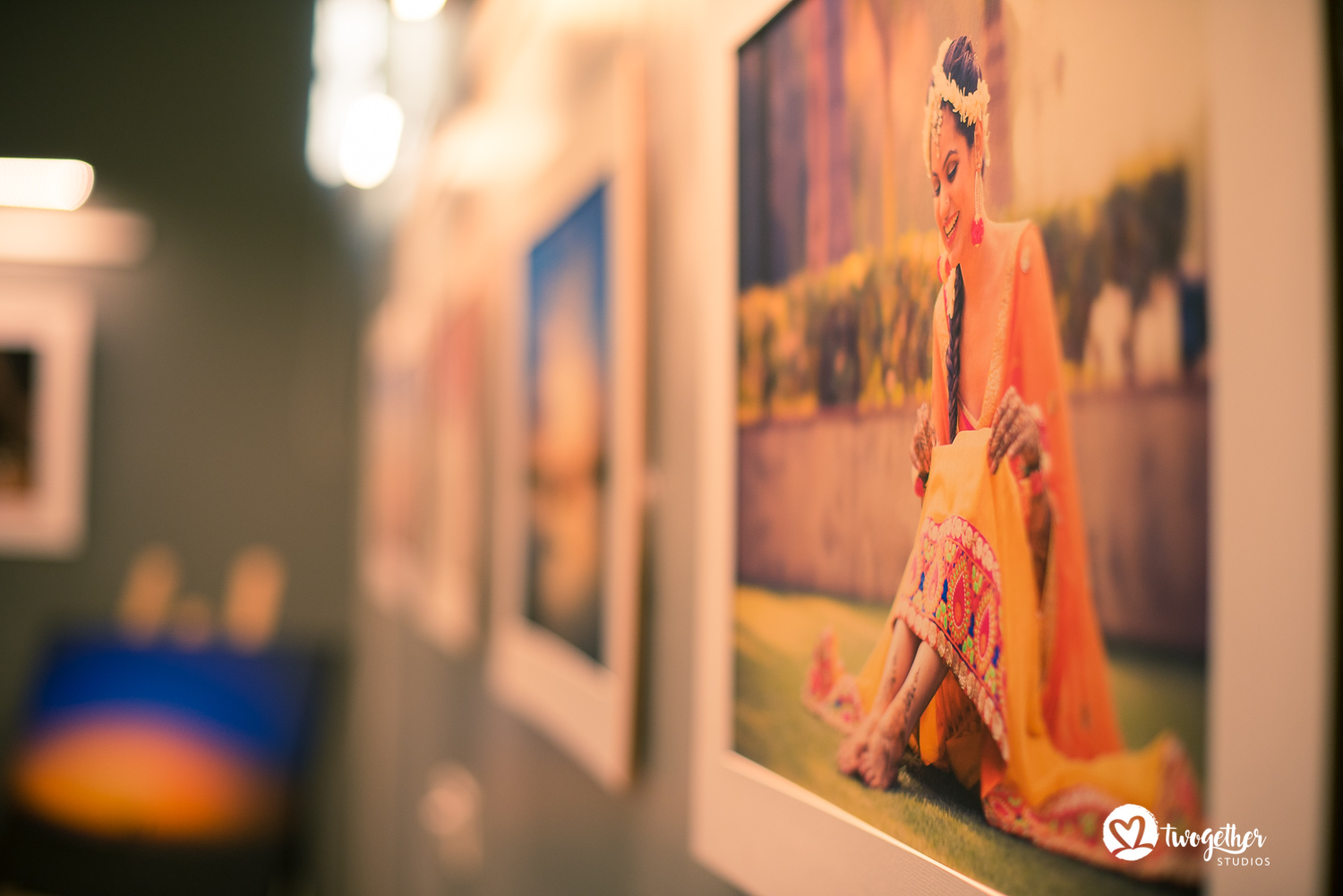
Printing out your work is immensely satisfying. We know this from personal experience. Once we deliver the digital photo files to clients, we archive the files and often forget about them for long periods of time. We hardly ever make time to or even have the inclination to go through older work. Having large fine-art print(s) of the wedding photos you’ve created in front of your eyes will always bring in a sense of accomplishment and joy. The prints are a tangible product, physical proof of your hard work. And once you see that big photograph on your wall, we are sure it will inspire you to go out and create many more incredible images every day!
Improves your credibility as a wedding photographer
As a photographer, your knowledge about printing technology and correct colour calibration can only enhance your credibility as an experienced professional in the field. Moreover, it’s important to show your clients the end result which is as per your original vision of the events and photographs. As an artist, you’re the only one who knows how you visualised each photo or moment while taking the shot. You know what the finished product should look like in terms of colours, depth, size etc. And you can ensure that final look and finish by working on your high-tech, colour calibrated editing machines and screens. But the impact of so much hard work can be completely lost on a client when they view it on various digital mediums like their (uncalibrated) laptops, tablets, mobile phones and whatnot. They are literally viewing a distorted version of your vision.
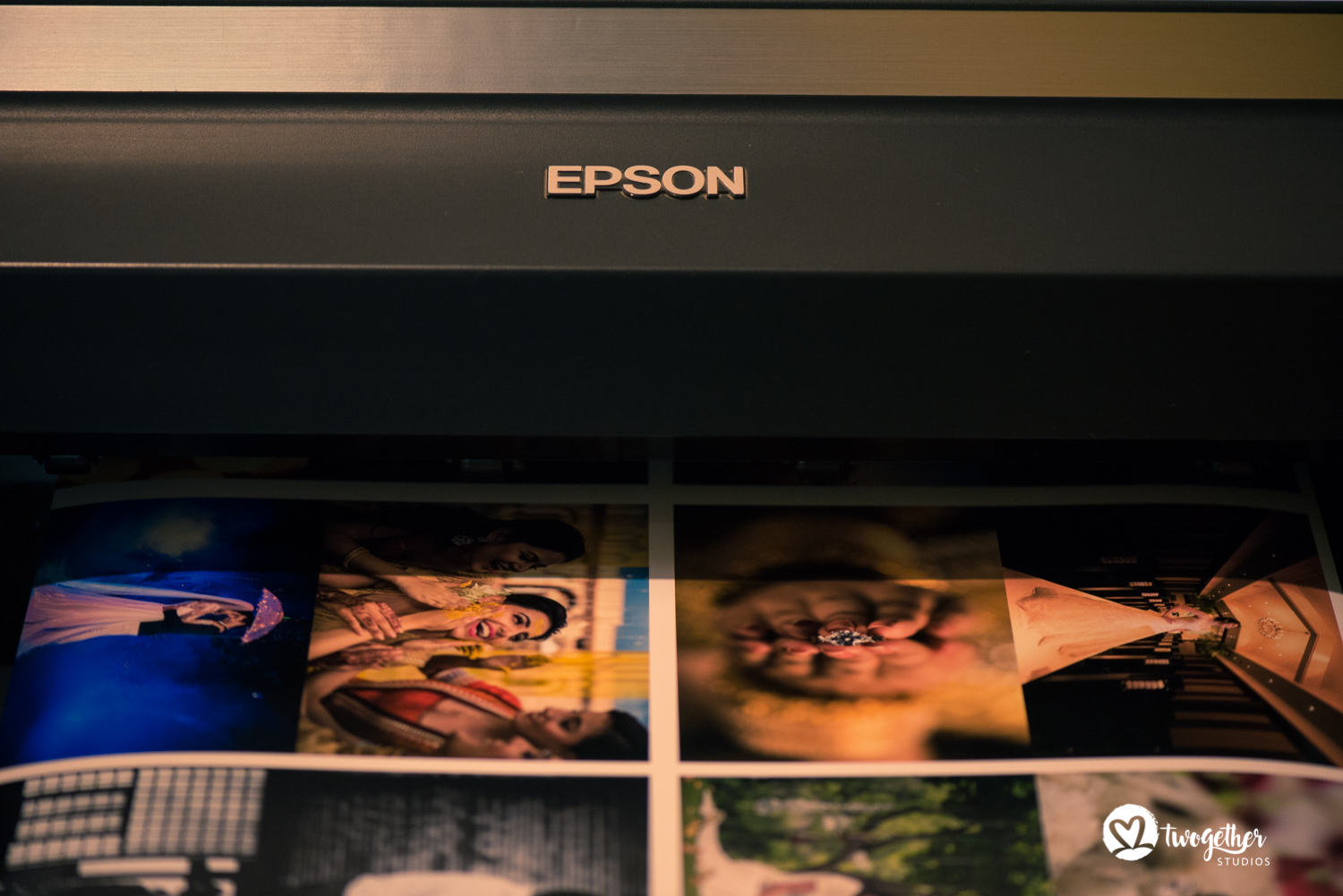
But you can control that aspect and ensure client delight by showing them the photos the way you envisioned them – by providing fine art prints of your favourites from the set. Not to forget, it increases your product offerings from a business point of view as well. Of course, you can use other third-party professional photo printing services or get the client to print the photographs themselves. But by printing out the photos yourself, you will have full control over how the final products look.
Makes you a better photographer
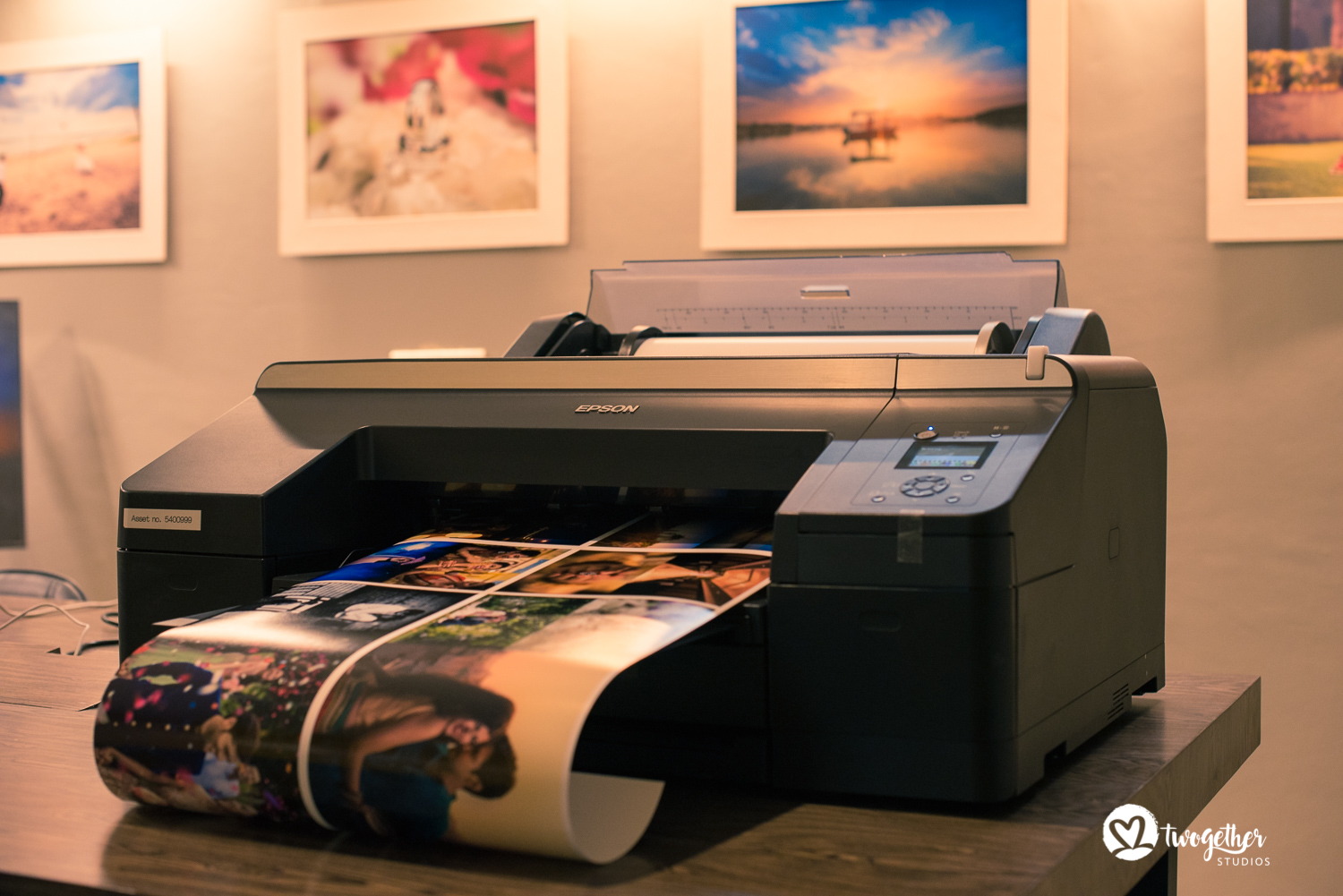
The advancements in digital camera technology are no doubt an excellent advantage to us as photographers. However, printing out a photograph is significant because it can bring into perspective those details that our eyes would possibly not see on a screen. Also, when you have online galleries full of thousand pictures, you tend to not be critical of your own work. Social media also spurs on the sense of accomplishment and pride. But printing out a set of the best 10 pictures from a wedding, for example, will force you to be brutal in critiquing your own work, and creating real shortlists and portfolio-worthy shots.
Technology distracts
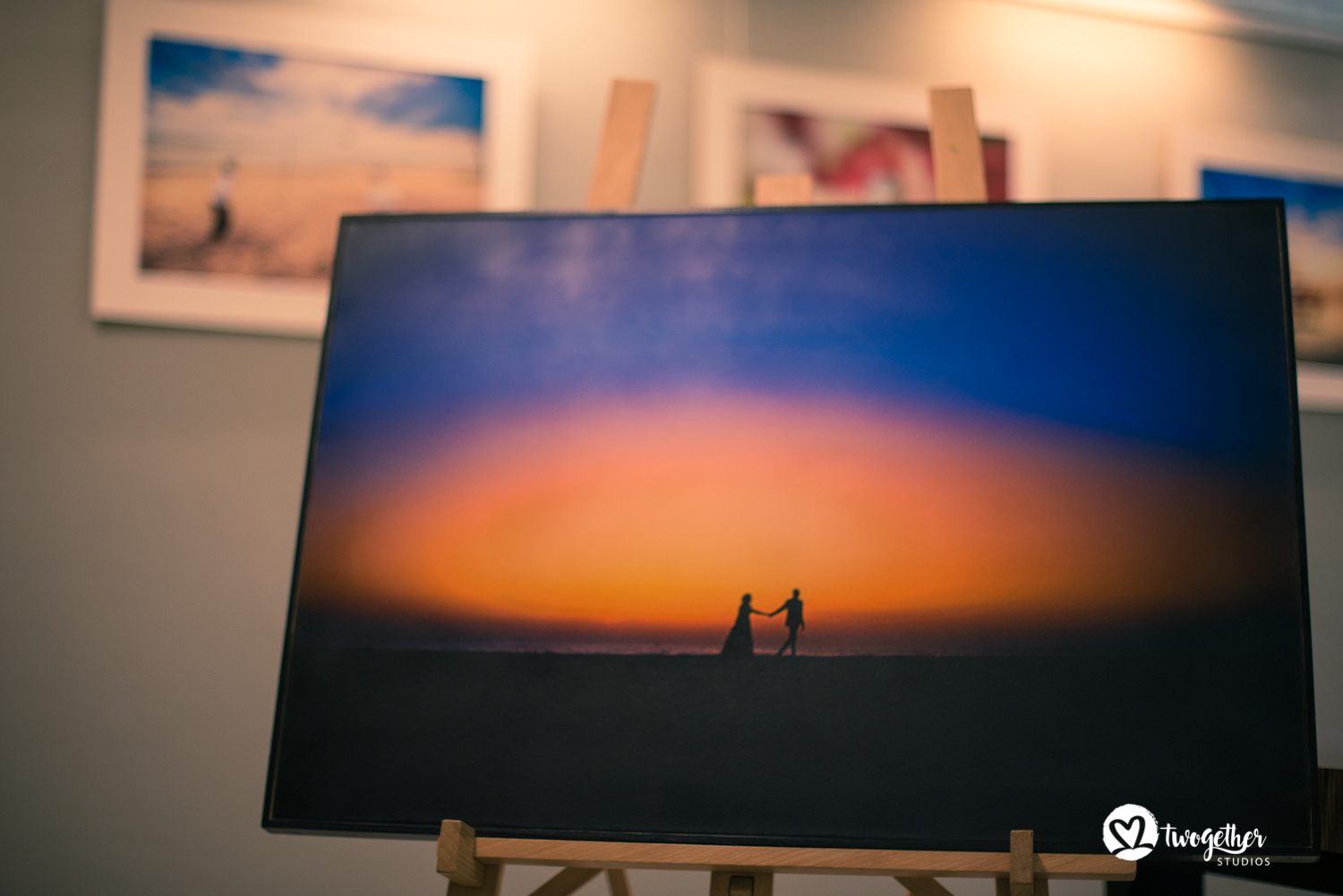
While viewing an album or gallery of photos online, there are numerous distractions on a phone or a laptop. And one (or all) of them is taking your client’s concentration away from your photos. Seeing a photograph is an immersive experience. When you see a photo, you take it in all its elements, look for a story or a message, appreciate the technique, colours, and the effort behind it and only then, you move on. Seeing it on a digital screen can never give you this opportunity. Your client can only have the best experience of taking every aspect of that photo in, in a print.
Print won’t go obsolete, technology might
How many of us remember seeing a roll film or a VCR? The technology is obviously out-dated now, but many of us never even saw it. We don’t use floppy disks or even CDs to store files anymore. And who knows how long pen drives and hard-disks will be the standard storing devices. But a print has a much longer shelf life. Files and their formats might get outdated, but your clients will always have the print(s) as a memento.
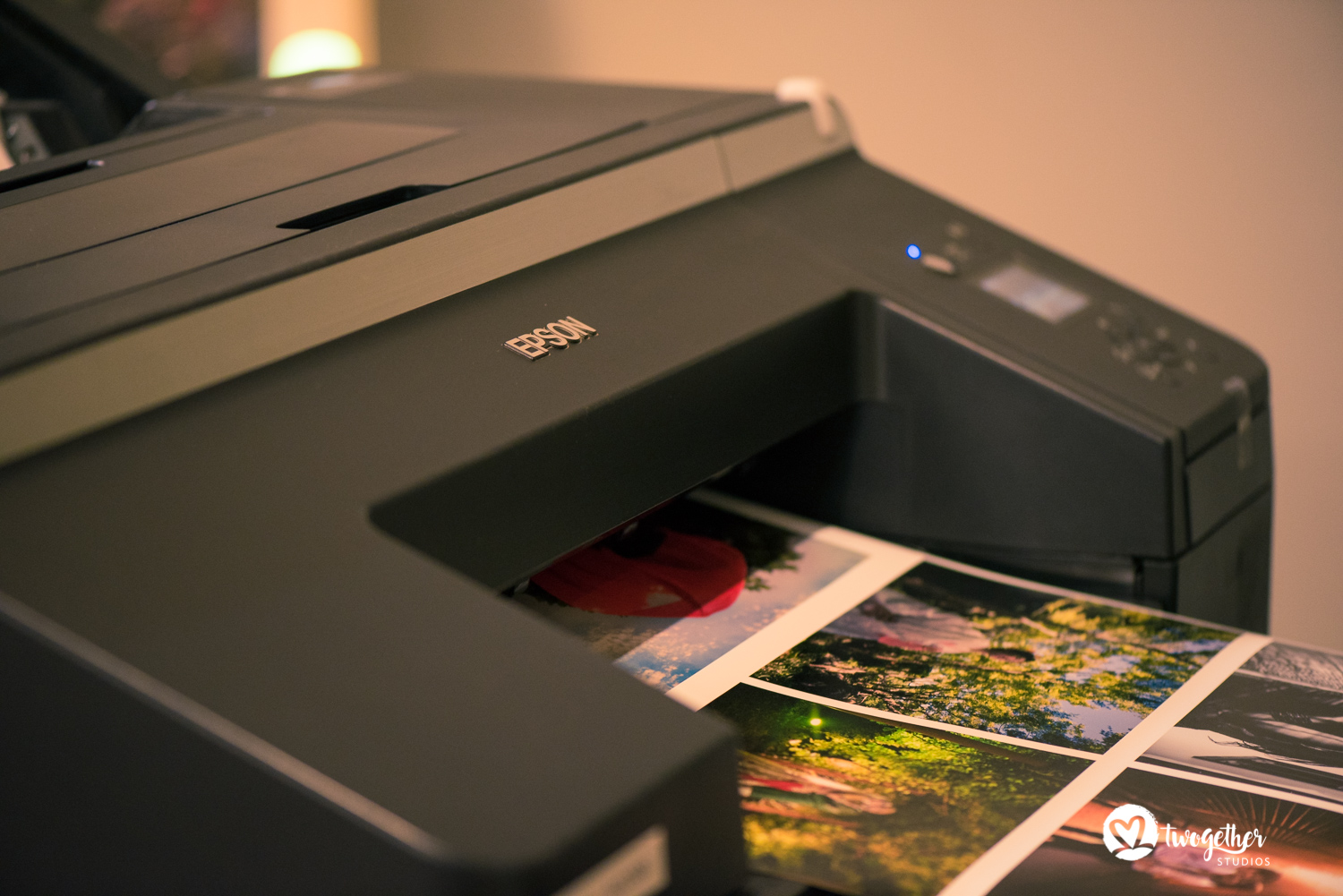
We, at Twogether Studios, are great fans of fine art photo prints. But let’s get real. Learning how to print wasn’t as simple as plugging in a laserjet printer (like we did in our corporate jobs). Fine art photography prints involved learning a lot about colour profiles, print media and substrates, colour optimization, and so on. But learning this was certainly FUN and added a whole new dimension to our professional standing as wedding photographers. We truly encourage you to try it for yourselves. We know the results will be fabulous.
Okay, I’m sold. Give me the low-down for printing my own fine art photos.
Fine Art Photo Printing vs Lab Prints: What’s the Difference?
For years we’ve used our neighbourhood photography lab for our prints – and we were perfectly happy with the results. Sometimes it looked great, and at others… not so much. Their options were limited to glossy paper and matte paper (we used matte, naturally), which were more often than not made by Fuji.
And then we discovered professional fine-art printing – and our world changed! Broadly speaking, the main differences between traditional lab prints and fine art prints lie in two parts – the printing process and the media options.
Labs usually use an inkjet process with four to six ink heads, the results of which are usually not colour accurate. Fine art prints use a dry pigment based process that utilises may more ink heads that are capable of printing at a staggering 2400 dpi – which makes the final product clearer and sharper. The Epson 7900 and P5000 that we use have 11 different inks. When used together it can produce a very large tonal range that most lab prints can’t even think of.
The second difference, which is even more mindblowing in our opinion, is the variety of paper available. We use two types of paper – archival (for client deliveries and other blow-ups) and non-archival for proofs. An archival paper is acid-free fine art paper – the acid content in paper usually turns a regular paper yellow, and it cracks over time. But an acid-free fine-art paper lasts for years without getting damaged. A fine-art paper also enhances the quality of the image. It brings out richer colours and makes an image look alive.
Got it. What do I need to get started?
Well, it’s really simple actually. All you need is access to a printer and the medium of your choice.
If you don’t own a printer or haven’t tried fine-art photo printing, the first course of action is to get your hands dirty with a professional fine-art printing service. Experiment with a couple different set of mediums and printers to figure out what works the best for your style of photography. There is a huge range of paper samples available in the market, so get a few prints to decide which one suits you best.
We have used Epson’s Stylus Pro 7900 printer for the past two years and recently got an Epson SureColor P5000 printer. Epson’s P5000 17-inch 10-Color Inkjet Printer is designed for professional photographers and it is said that the extreme colour gamut makes it possible to hit colours accurately and consistently, achieving PANTONE coverage of 99%*.
Generally speaking, a print made from the traditional lab-used silver halide technology deteriorates at quite a fast pace in exposure to light – and in our Indian weather conditions, this could mean very short lifespans of just a few years. The pigment ink technology in the Epson printers however usually boasts of a print longevity of 200 years for colour prints and 400 years for black-and-white prints. Realistically though, these are under laboratory or “ideal” conditions – but if you keep the prints away from moisture and in the shade, you can realistically have it last for a very long time indeed. And of course, telling our clients that their prints will last 400 years makes it seem really awesome!
As far as the printing medium goes, there is an incredible variety of high-quality fine-art papers available for Epson printers, both Indian and imported brands; we use Epson Enhance Matte (our standard go-to for most prints), Epson Premium Lustre 260, imported archival and canvas paper in our studio and our experience has been exceptional.
We’ve been using the P5000 to print quite regularly on different papers and the prints were every bit as stunning as we expected them to be. We started a project to make a special art installation for the office (using the P5000) – and we’ll post about it soon!
After you’ve played around with different kinds of printers and mediums, we highly recommend getting your own printer. We promise that you won’t regret it after you see the pronounced difference in how your images look and how well they will be received by your clients. Being able to provide your clients with high-quality fine art prints in-house will elevate your offerings to a whole different level.
Do share with us your experiences of fine-art photo printing. Any questions? We’d love to answer!
P.S.: Read a more in-depth review and the second part of printing for Indian Wedding Photographers using the P5000 here. (And see the art installation we made using the P5000!)
Disclaimer: This post has been written in association with Epson India but the opinions are strictly our own. We have owned an Epson Stylus Pro 7900 and printed on it for the past 2 years. We also recently got a SureColor P5000 printer from Epson to play with, and the results are fantastic!
*PANTONE® is the property of Pantone LLC. 99% coverage of PANTONE FORMULA GUIDE solid coated palette based on Epson Proofing Paper White Semi-matte printed with Epson printer driver at 2880x1440dpi. PANTONE coverage may vary when printed with a third-party RIP.

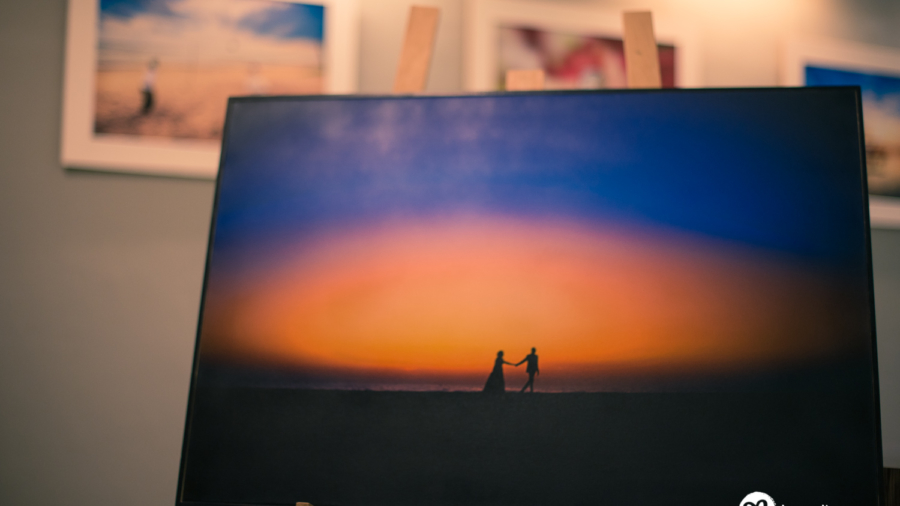

Add a Comment